History is full of stories about invading armies. Records dating all the way back to the early Bronze Age chronicle war after endless war of conquest. And since it’s the winners who write the history those chronicles are packed with what today we would call spin, arguments to justify the murder and theft because we were right and the loser was wrong. Even modern historians, dependent as they are on original sources all too often take those biased records at face value. And so the distortions of the truth written down by some ancient supporter of a cruel, bloodthirsty conqueror are propagated to a new generation.
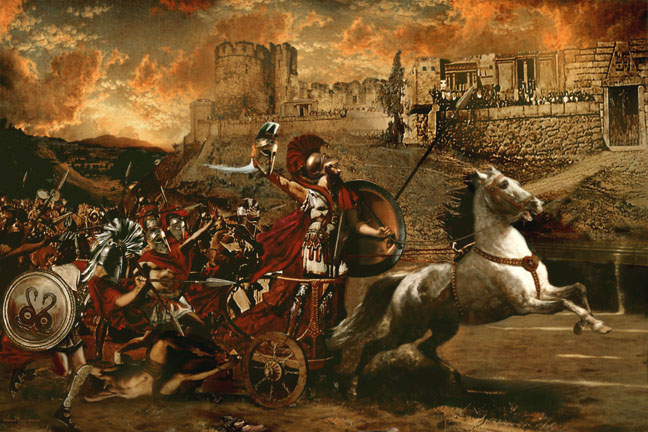
Archaeology has no such prejudice, the artifacts and architectural remains excavated by archaeologists cannot lie or deceive, the evidence they give is without bias. Of course that evidence is subject to interpretation but as more evidence accrues eventually a fairer, more balanced picture of the events of the past can be gained by archaeology than by accepting the one-sided chronicles of the victors. In fact, over the last 150 years archaeology has many times overturned accepted history by restoring, to some degree, the voice of the losers.
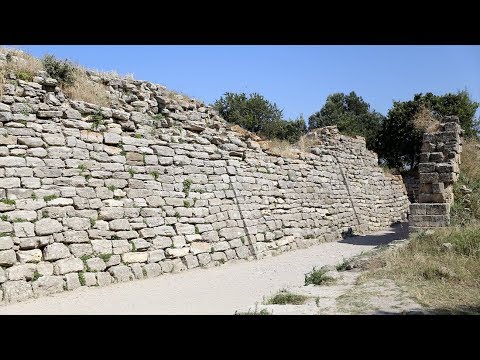
Perhaps the greatest empire of them all was that established by the city of Rome. It is true that the very word empire comes from the Roman word imperator, originally just a title for a victorious general. How a single city could found so large and long lasting a political system is one of the great questions in history. The Roman system was quite simple, ‘You accept our rule, and pay our taxes and you shall have peace and order. (Remove sword for emphasis) But you will accept our rule!’ The Romans could be both fair and just, but when opposed they were one of the most brutal regimes in history.
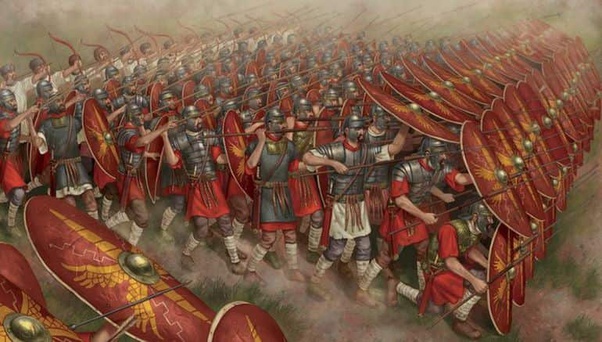
One part of their empire that the Romans spent nearly 200 years conquering and pacifying was the Iberian peninsula, modern Spain and Portugal. Roman influence in Iberia began during the Punic wars against Carthage in the second century BCE but it wasn’t until the early first century CE that the entire peninsula was finally secured with the conquest of the rugged northwestern quarter of the peninsula.
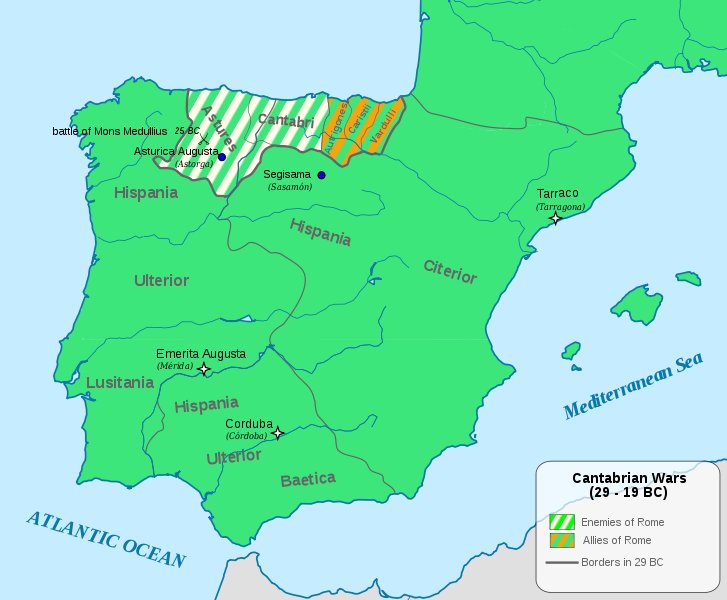
A new study by archaeologists at the Archaeology Institute of Merida in Extremadura Spain, the University of Santiago de Compostela in Galicia Spain and the University of Exeter in the UK has revealed the extent of Rome’s efforts to subdue the region. Using the latest high tech archaeological tools, such as Aerial Photography, Satellite Imaging and Light Detection and Ranging (LiDAR) the paper, published in the journal ‘Geosciences’ details the locations and sizes of 66 fortifications spread throughout northwestern Spain and northern Portugal. Those fortresses were built by the Romans during the first century BCE and ranged in size from small forts with only a thousand or so square meters of area to large fortresses of up to 150,000 m2. Based on their size the number of men garrisoning the forts could have been as small as a few score to thousands.

Spread strategically around the countryside the large number of forts would have allowed the Romans to quickly attack any threat, strike back against any uprising, and from several directions at once. Typically such Roman military sites would have been used for training and storing supplies as well as quartering troops in both warm weather and the cold hard winters of that region.
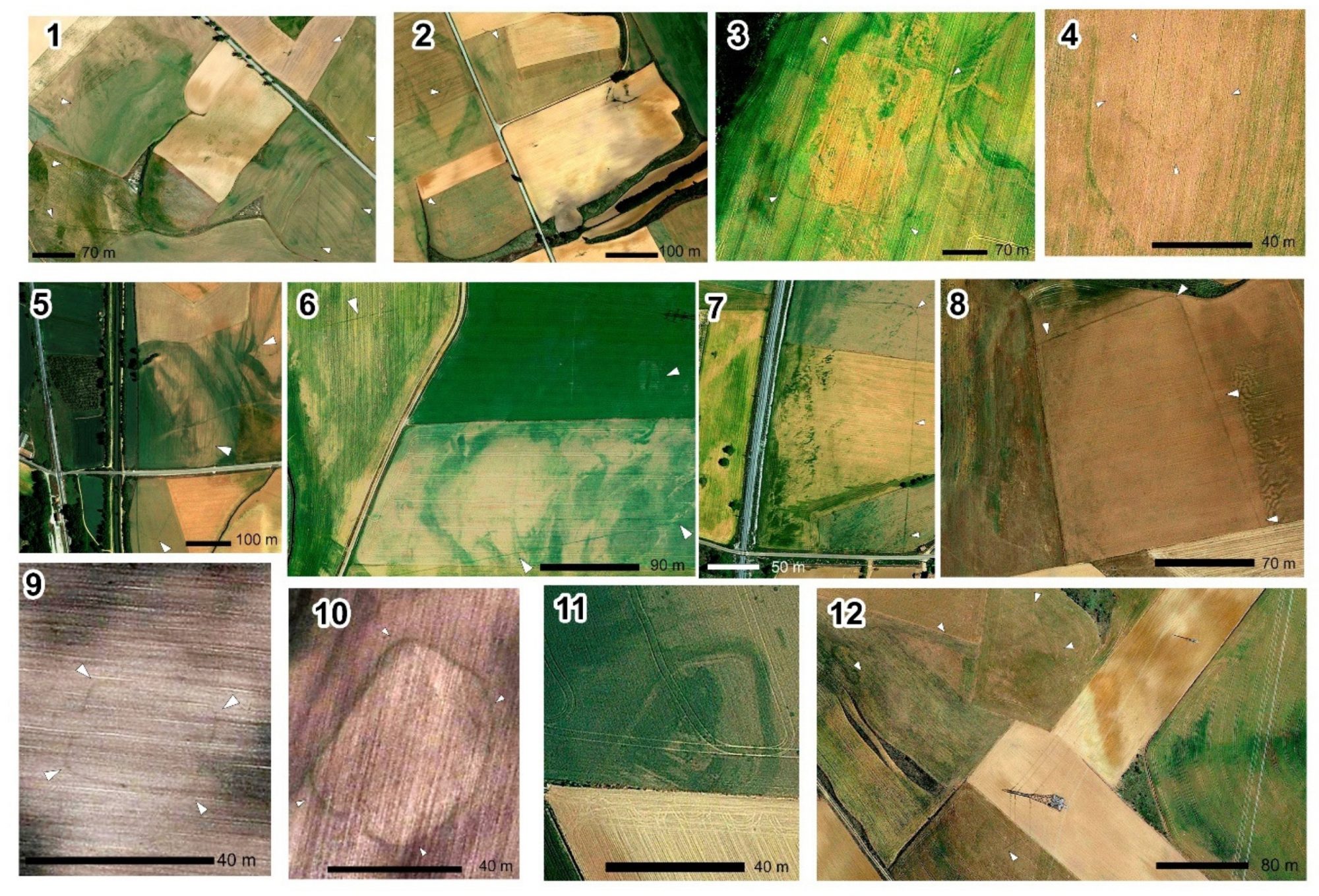
In a sense the fact that the Romans had to employ such military might to first conquer and then control northwestern Iberia speaks volumes about the resistance they faced from the indigenous population. The Roman historians may have portrayed that conquest as barbarians being civilized but the facts of archaeology clearly show how hard the Iberian people fought against Rome’s idea of civilization.
Of course not all conquests are by civilized people defeating barbarians, just as often the exact reverse is what happens. One well-known example of an orderly, prosperous society being destroyed by nomadic warriors is the conquest of the Central Asian river civilizations by the Mongol hordes of Genghis Kahn. According to history the cities around the Aral Sea were for nearly 2,000 years major hubs along the famed ‘Silk Road’ between the Middle East and the Far East. This wealthy, long-lived culture, estimated to have had as much as 50,000 square kilometers of irrigated land, twice the area of fabled Mesopotamia, was destroyed early in the 13th century by the invading Mongols.

Or maybe not, for a recent paper published by the Proceedings of the National Academy of Science disputes that long held view. The paper, led by co-authors Dr. Willem Toonen of Vrijje Universiteit in Amsterdam and Dr. Mark Macklin of the University of Lincoln instead puts the blame squarely on a more than 200 year long cycle of drought that sapped the strength of the river cities before Genghis Kahn and his cavalry came riding from the east.
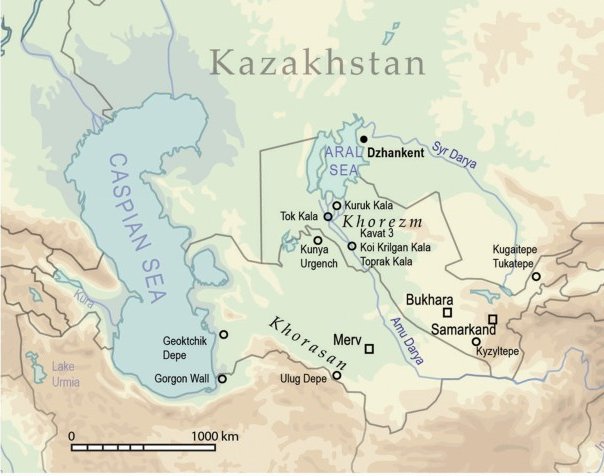
The archaeologists based their conclusion on a detailed analysis of conditions from habitated sites and irrigation canals of the Otrar oasis at the junction of the Syr Darya and Arys rivers in modern Kazakhstan. So extensive are the archaeological remains at Otrar that it has been named as a UNESCO designated World Heritage Site. What the scientists discovered there was that many of the cities had begun to decline as early as the 9th century due to the onset of a drought that lasted for centuries. By the time the Mongols arrived in 1219 CE many of the cities and canals at Otrar had already been abandoned. Genghis Kahn only delivered the final blow to a culture already in deep trouble.
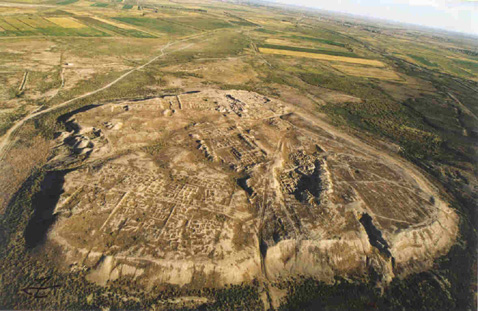
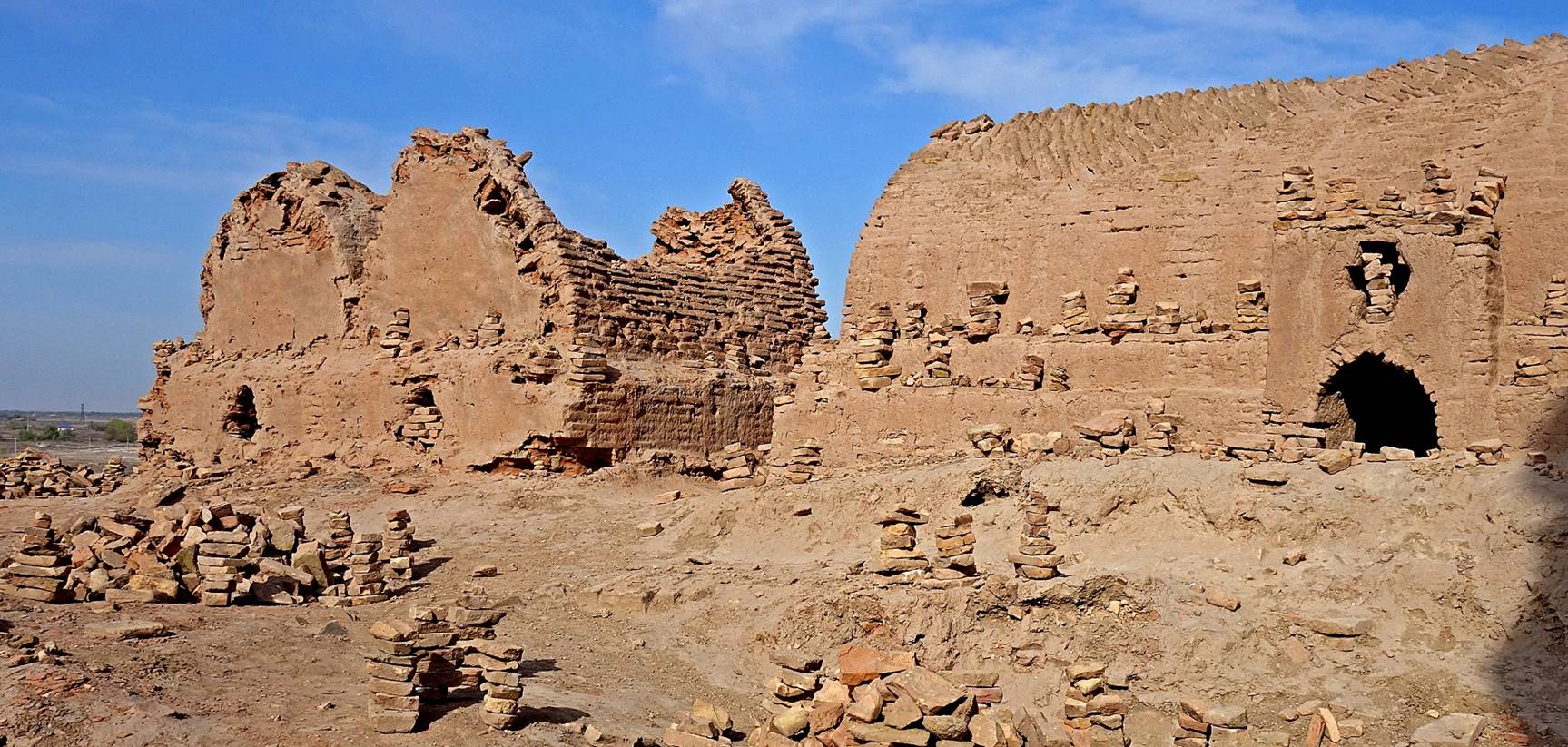
According to Dr. Macklin. “Our research shows that it was climate change, not Genghis Kahn, that was the ultimate cause for the demise of Central Asia’s forgotten river civilizations.” In fact the archaeologists were able to show that the people of the Otrar oasis had recovered quickly after the earlier Arab invasions of the 7th and 8th centuries because the climate at that time was much more favourable. Hummm, climate change causing harm to a civilization, sound familiar!
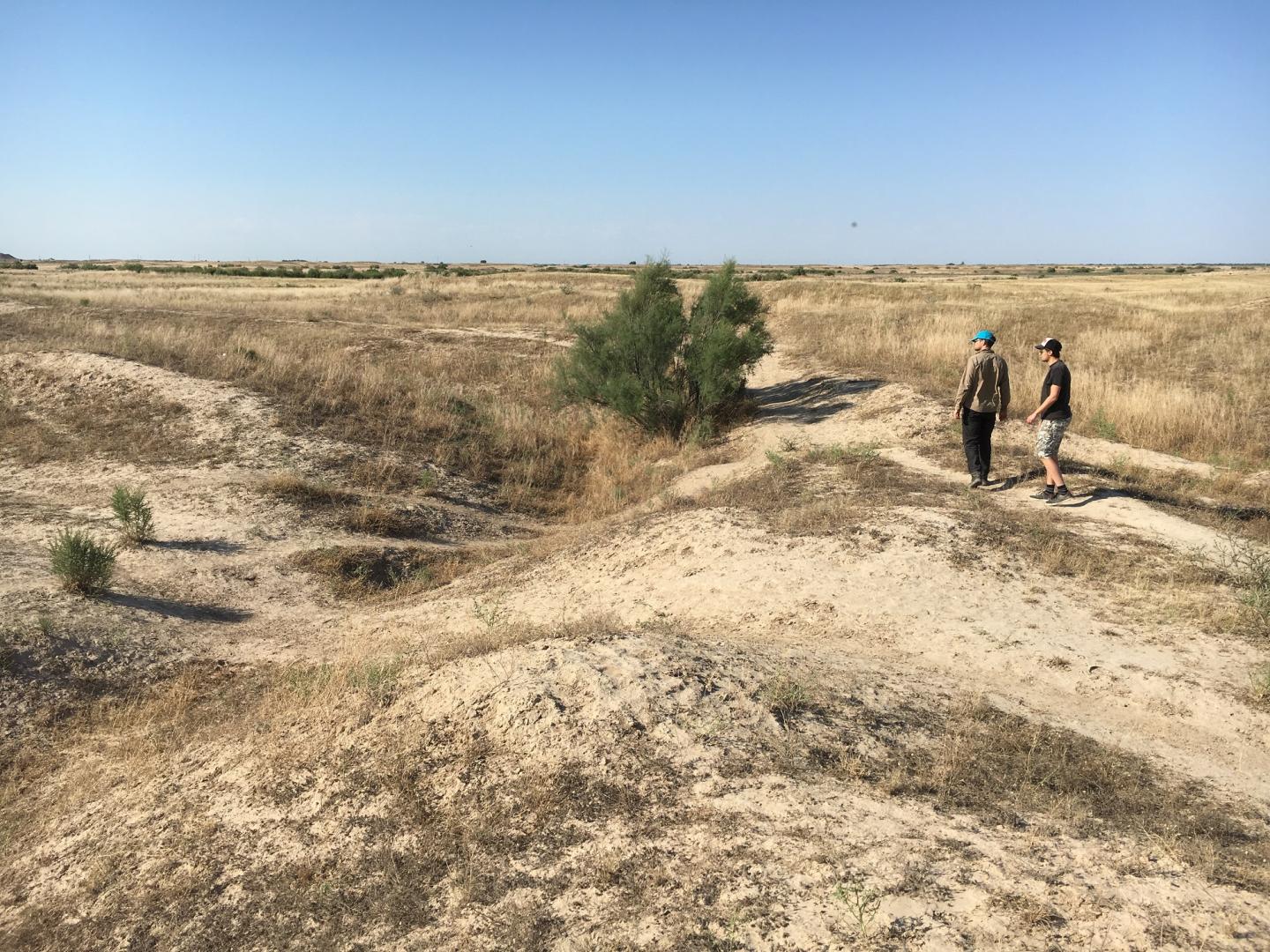
These two studies illustrate how the knowledge gained by archaeology can be used to paint a truer picture of the conflicts of the past. History may be written by the winners but the losers still have a story to tell and archaeology is helping to recover those lost voices.
